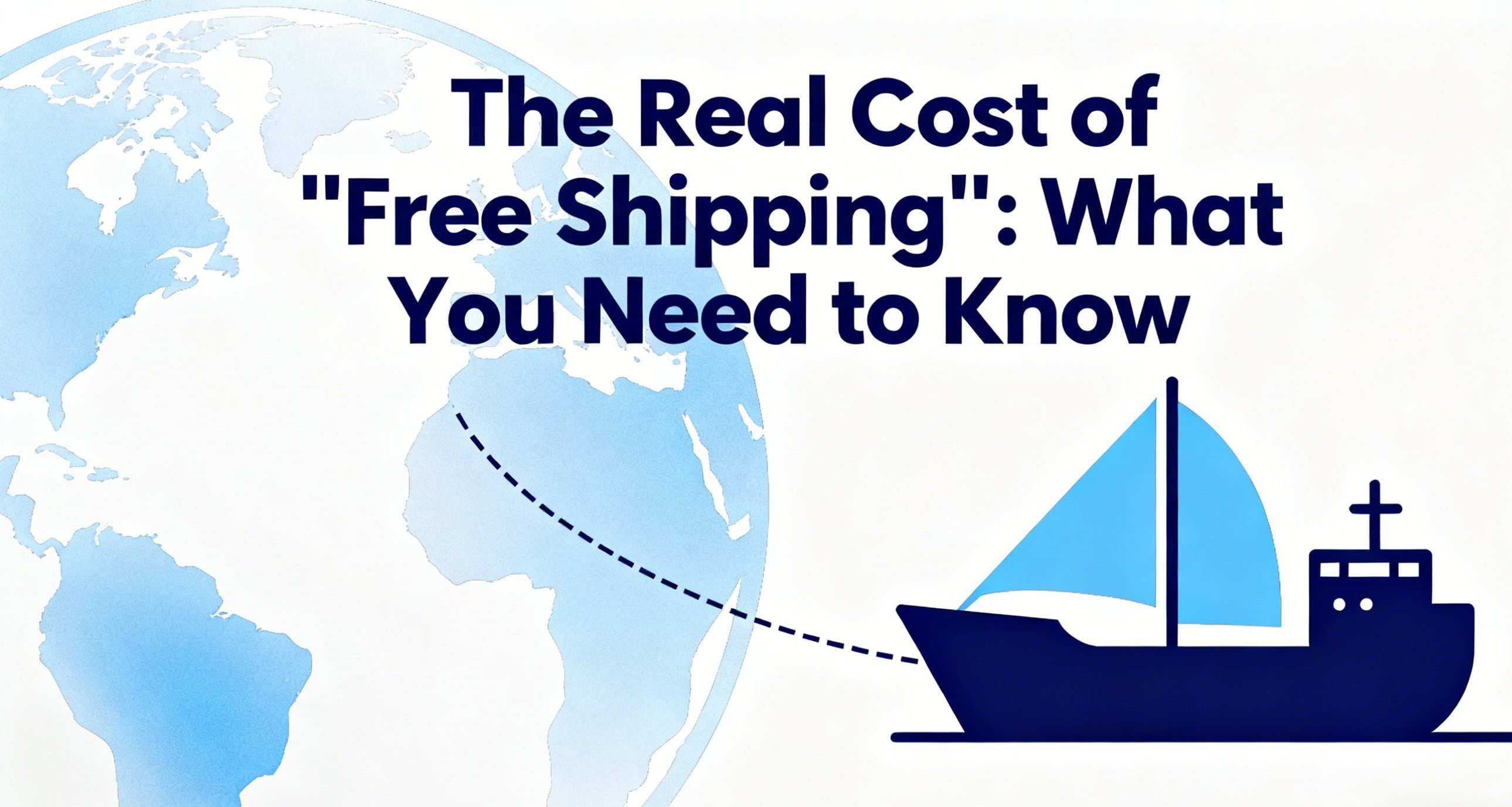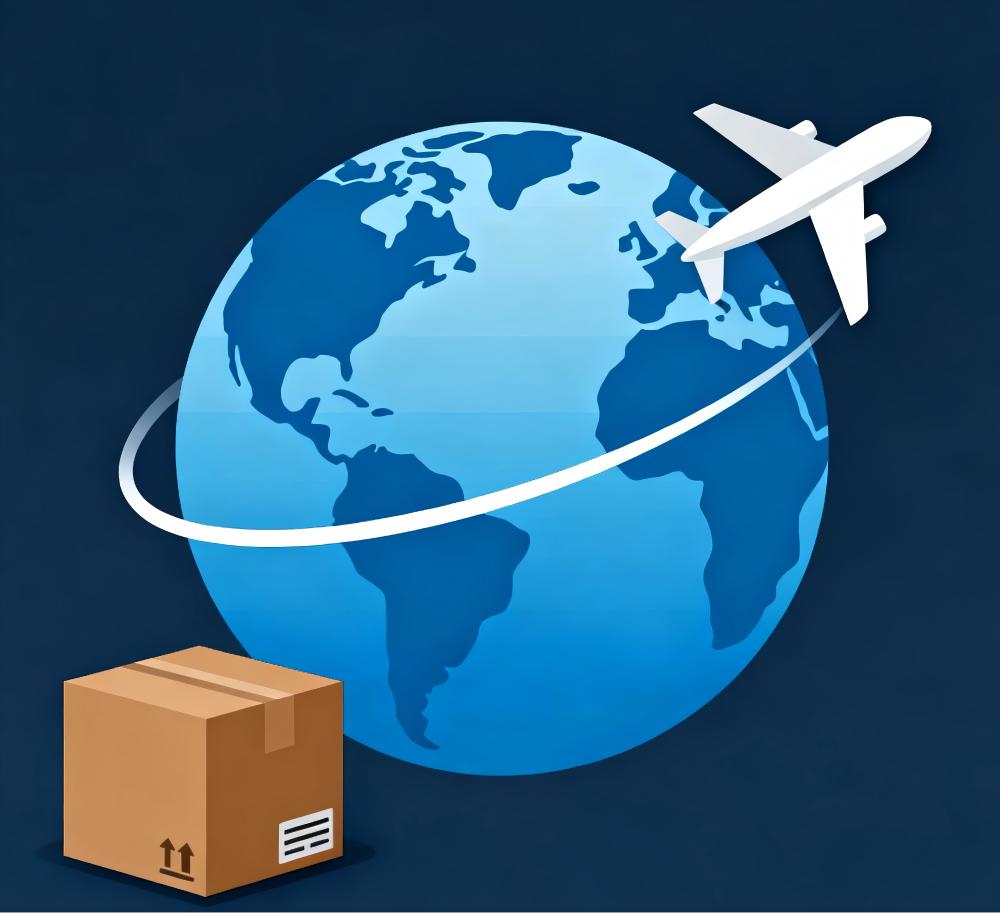BLOG
The process of FCL Container circulation :
- 2023-02-10
We are going to introduce the process of FCL Container circulation
1. The consignor configures the container at the packing place of its own factory or warehouse.
2. The consignor arranges and packs the goods in its own factory or warehouse.
3. Transport the container goods to the container terminal through inland transportation.
4. Temporarily store the container goods in the opposite yard according to the yard plan, waiting for loading.
5. According to the loading plan, load the container goods on the ship.
6. Through sea transportation, unload the container freight to the port of shipment.
7. According to the unloading plan, unload the container cargo from the ship.
8. Temporarily store container goods in the yard according to the yard plan, and wait for the consignee to come to pick up the goods.
9. Through inland transportation, transport the container goods to the consignee’s factory and warehouse.
10. The consignee unpacks the boxes at his factory and warehouse.
11. Return empty containers.
In summary, the circulation of a Full Container Load (FCL) container is a meticulously orchestrated cycle that forms the backbone of global trade. From the initial positioning of an empty container to its final return after a laden journey, each stage—booking, gate-in, loading, ocean transit, unloading, and final delivery—is interconnected. The efficiency of this closed-loop system hinges on seamless coordination among shippers, carriers, terminal operators, and haulers.
Ultimately, understanding the FCL container’s journey is not merely about tracking a physical asset but about optimizing the entire supply chain. Minimizing dwell times at each touchpoint and ensuring the timely return of equipment are critical for reducing costs, enhancing reliability, and maintaining the fluidity of international container logistics. This continuous, efficient circulation is what keeps the gears of global commerce turning smoothly.



